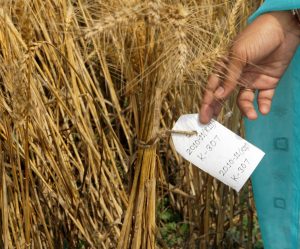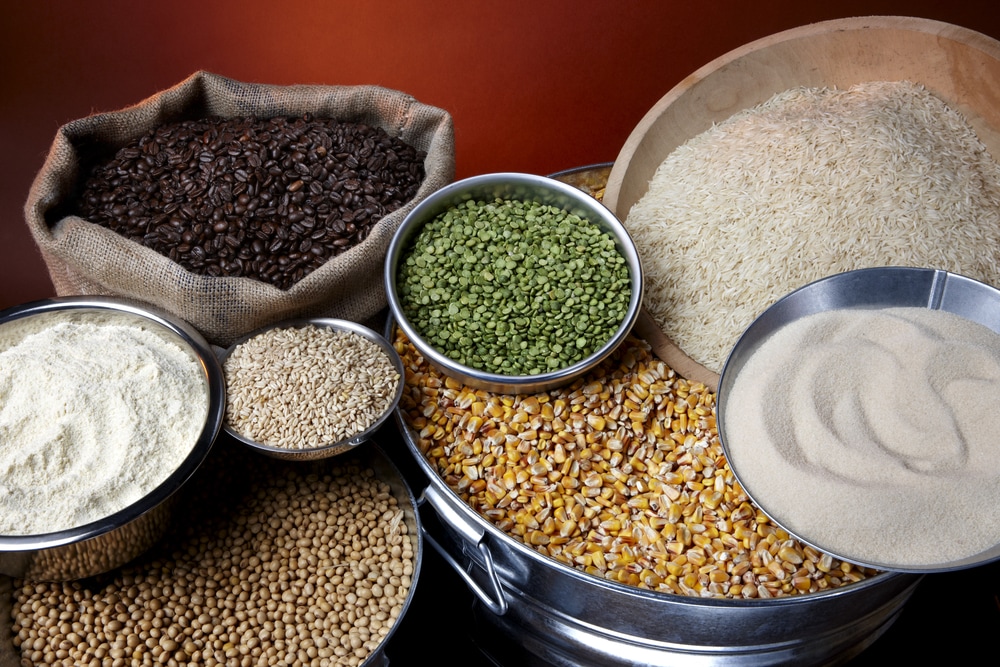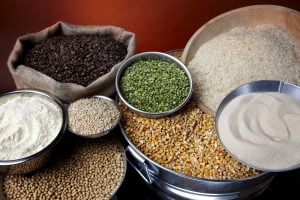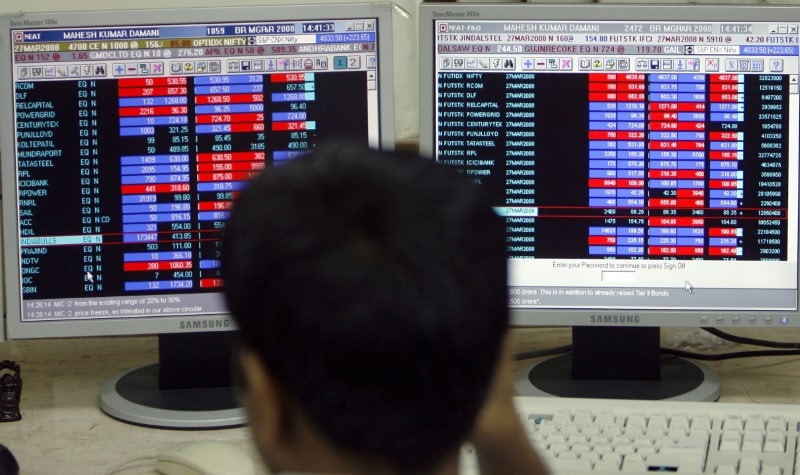World food prices fall to two-year low in May: UN Food Agency
Summary
The Food and Agriculture Organisation’s (FAO) price index, which tracks the most globally-traded food commodities, averaged 124.3 points in May against a revised 127.7 for the previous month.
The United Nations food agency’s world price index fell in May to its lowest in two years, as a slump in prices of vegetable oils, cereals and dairy outweighed increases for sugar and meat.
The Food and Agriculture Organisation’s (FAO) price index, which tracks the most globally-traded food commodities, averaged 124.3 points in May against a revised 127.7 for the previous month, the agency said on Friday. The April reading was originally given as 127.2.
The May score marked the lowest since April 2021 and meant the index was now 22 percent below an all-time peak reached in March 2022 following the start of Russia’s invasion of Ukraine.
FAO’s cereal price index dropped by nearly 5 percent in May from the prior month, pressured by ample supply prospects and the extension of the Black Sea Grain Initiative allowing shipments from Ukraine.
But international rice prices continued to increase in May, partly due to tighter supplies in some exporting countries, said FAO. The agency last month expressed concern over rising prices of the staple.
FAO’s vegetable oil price index slid almost 9 percent month on month, reflecting large oilseed supplies and weak demand for palm oil, while global dairy prices eased over 3 percent amid a seasonal upturn in northern hemisphere milk output, the agency said.
Sugar prices, in contrast, showed a 5.5 percent increase from April in a fourth straight monthly gain, as concerns over the El Nino weather pattern added to global supply risks, FAO said.
However, improving weather conditions in Brazil and lower crude oil prices have curbed sugar markets, it added. Sugar futures ended May lower after a 12-year high in late April.
In a separate report on cereals supply and demand, FAO forecast world cereal production this year at 2.813 billion tonnes, a 1 percent increase from 2022 that mainly reflected an expected rise in maize output.
Global cereal stocks in the 2023/24 season were projected to rise 1.7 percent year on year to a record 873 million tonnes, reflecting larger expected stocks of maize, rice and barley.
Wheat stocks were forecast to fall, however, as production was seen declining while demand was expected to be stable.

Elon Musk forms several ‘X Holdings’ companies to fund potential Twitter buyout
3 Mins Read
Thursday’s filing dispelled some doubts, though Musk still has work to do. He and his advisers will spend the coming days vetting potential investors for the equity portion of his offer, according to people familiar with the matter









 Listen to the Article
Listen to the Article  Daily Newsletter
Daily Newsletter



















